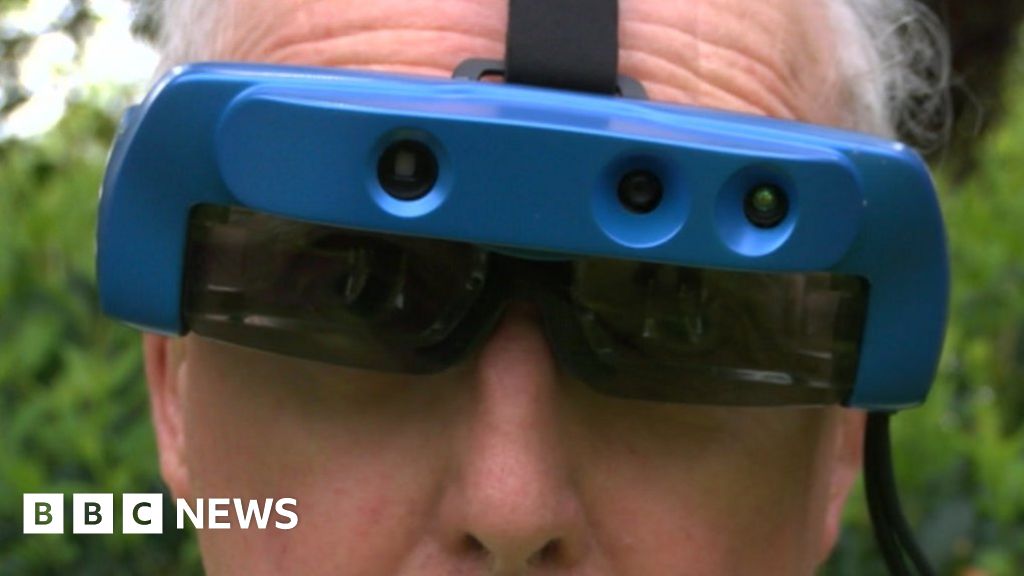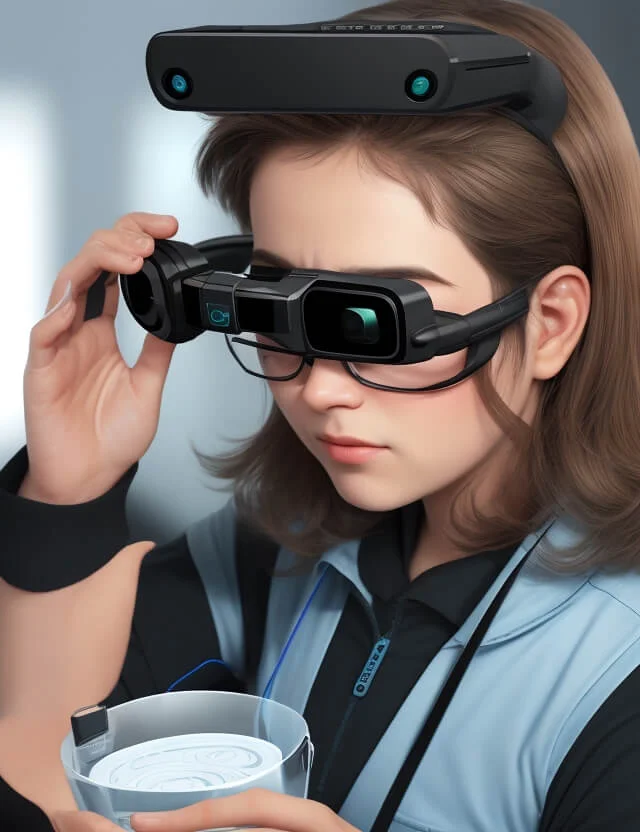Speech-to-Text Devices for Low Vision Users: Enhancing Communication and Productivity
Speech-to-Text Devices for Low Vision Users: Enhancing Communication and Productivity
Blog Article
Cutting-edge Solutions in Assistive Technology for Visual Disability
The landscape of assistive innovation for visual disability is advancing swiftly, offering a variety of ingenious services that improve access and freedom. From innovative smart device applications that promote navigation to wearable devices made for real-time assistance, these devices are improving the experiences of those with visual problems.
Developments in Smartphone Applications
In the last few years, innovations in mobile phone applications have considerably changed the landscape of assistive innovation for people with visual disabilities. These applications utilize the powerful sensors and capacities of modern-day smartphones to provide individuals with devices that improve self-reliance and availability in their day-to-days live.
Notable amongst these advancements are applications made for things recognition, which utilize the smartphone's video camera to identify products and supply verbal summaries. Such features equip users to browse their settings a lot more effectively, whether identifying products in shops or finding individual valuables in the house. In addition, text-to-speech applications have boosted drastically, enabling individuals to catch printed message through their tool's cam and receive instant sound responses, consequently helping with analysis and comprehension.
Community-driven applications have fostered social communication and resource sharing among individuals with aesthetic impairments, producing a supportive network that enhances their quality of life. On the whole, smartphone applications have become vital allies in promoting autonomy and availability for individuals with aesthetic problems.
Wearable Instruments for Navigating
Wearable gadgets for navigating have arised as a groundbreaking option for people with visual impairments, providing hands-free support that enhances mobility and positioning. These gadgets normally utilize advanced modern technologies, consisting of GPS, ultrasonic sensing units, and synthetic intelligence, to give real-time feedback and direction to individuals as they navigate their atmosphere.
One significant example of wearable navigation modern technology is smart glasses, which can find barriers and relay auditory or haptic comments to the user, permitting for risk-free and effective motion in various setups. Various other gadgets, such as vests and belts outfitted with sensing units, can in a similar way inform users of their surroundings by providing signals regarding neighboring things or modifications in terrain.
In addition, many wearable devices incorporate with smart device applications, making it possible for users to personalize their navigating preferences and get tailored route suggestions. This personalization can dramatically boost the user experience, equipping people to travel with greater confidence and freedom.
As modern technology continues to develop, the potential for wearable navigation devices to enhance the lifestyle for individuals with visual disabilities remains substantial, leading the means for more comprehensive and obtainable atmospheres.
Smart Home Innovation Assimilation

Moreover, smart devices geared up with responsive interfaces or acoustic responses give user-friendly communications that cater particularly to the demands of those with visual problems. For example, clever refrigerators can introduce their components and expiry days, while wise stoves can direct customers through the food preparation procedure with audio directions.
Home automation systems, such as smart buzzers and security cams, use comfort by permitting customers to receive signals and accessibility live feeds using their mobile tools, boosting individual safety (AI-powered visual aids). In addition, integration with mobile phones and tablets guarantees that customers can manage their home setting from anywhere within their premises
As smart home modern technology continues to develop, it holds the potential to change the living experiences of individuals with visual disabilities, cultivating self-reliance and enhancing lifestyle in a progressively connected globe.

Educational Tools and Resources
Accessibility to efficient academic devices and resources is vital for people with aesthetic impairments, as it empowers them to involve totally in their understanding experiences. Numerous assistive modern technologies have actually been created to enhance availability and foster independent discovering.
In addition, instructional software application particularly made for aesthetically damaged users provides functions such as high-contrast modes and adjustable text sizes. These devices suit varied knowing styles and ensure that students can customize their academic experience to their requirements.
Furthermore, accessibility to electronic collections and audio publications expands the array of offered learning materials, allowing pupils to discover subjects in depth without the constraints enforced by conventional print resources. Collective systems that incorporate access attributes additionally my link promote team tasks, making certain that aesthetically damaged pupils can add meaningfully together with their peers.
Neighborhood Support and Involvement
A robust network of community support and engagement is vital for individuals with aesthetic disabilities, fostering a comprehensive atmosphere where they can prosper. Neighborhood organizations, local campaigning for teams, and volunteers play a pivotal function in offering sources, info, and friendship, which are essential for improving the lifestyle for those influenced by aesthetic disabilities.
Involvement tasks such as workshops, get-togethers, and assistance groups not only facilitate ability development yet likewise promote social communication, decreasing feelings of isolation. These initiatives urge individuals to share experiences, challenges, and successes, consequently enhancing area bonds. In addition, collaborations with neighborhood companies can result in better accessibility in public rooms, better integrating people with aesthetic impairments into the neighborhood.
Modern technology likewise enhances area check these guys out involvement via online systems that use digital support system and resources, permitting people to attach despite geographical obstacles. By using both in-person and electronic solutions, communities can develop an extensive support network. Inevitably, cultivating collaboration among numerous stakeholders-- including families, teachers, and healthcare specialists-- makes certain that individuals with aesthetic problems obtain the alternative assistance essential to navigate every day life efficiently and with dignity.
Verdict
Innovative options in assistive technology for visual impairment considerably boost the high quality of life for individuals facing these challenges. The integration of smart device applications, wearable devices, clever home innovation, and academic devices fosters greater self-reliance and ease of access.
The landscape of assistive innovation for aesthetic impairment is progressing quickly, presenting an array of cutting-edge services that improve ease of access and self-reliance. Community-driven applications have actually fostered social communication and source sharing amongst individuals with visual impairments, producing an encouraging network that enhances their top quality of life. On the whole, smart device applications have become vital allies in advertising freedom and access for individuals with aesthetic disabilities.
Numerous people with aesthetic problems are locating better autonomy with the integration of wise home technology.Innovative solutions in assistive technology for aesthetic disability dramatically improve important site the high quality of life for individuals encountering these difficulties.
Report this page